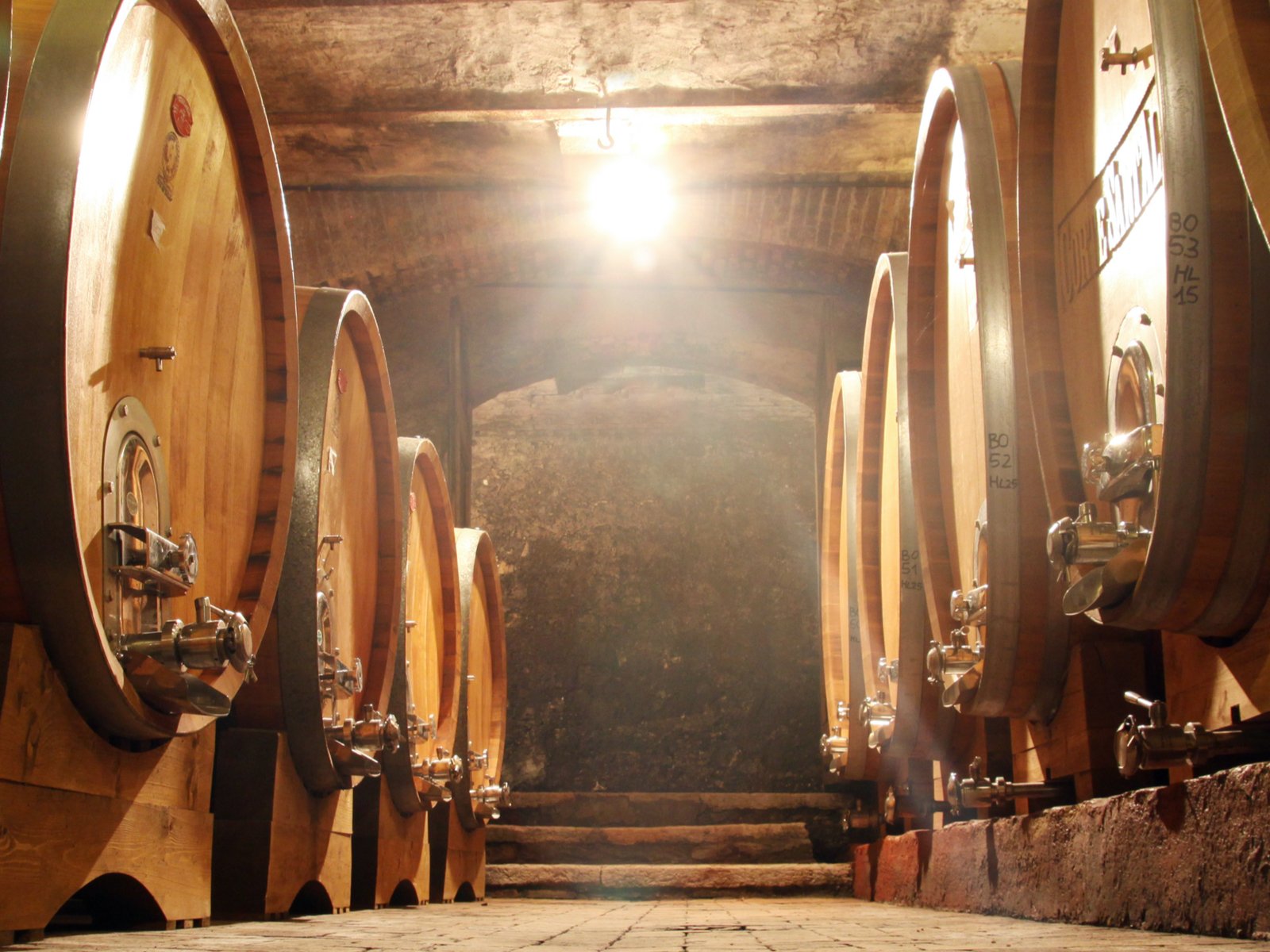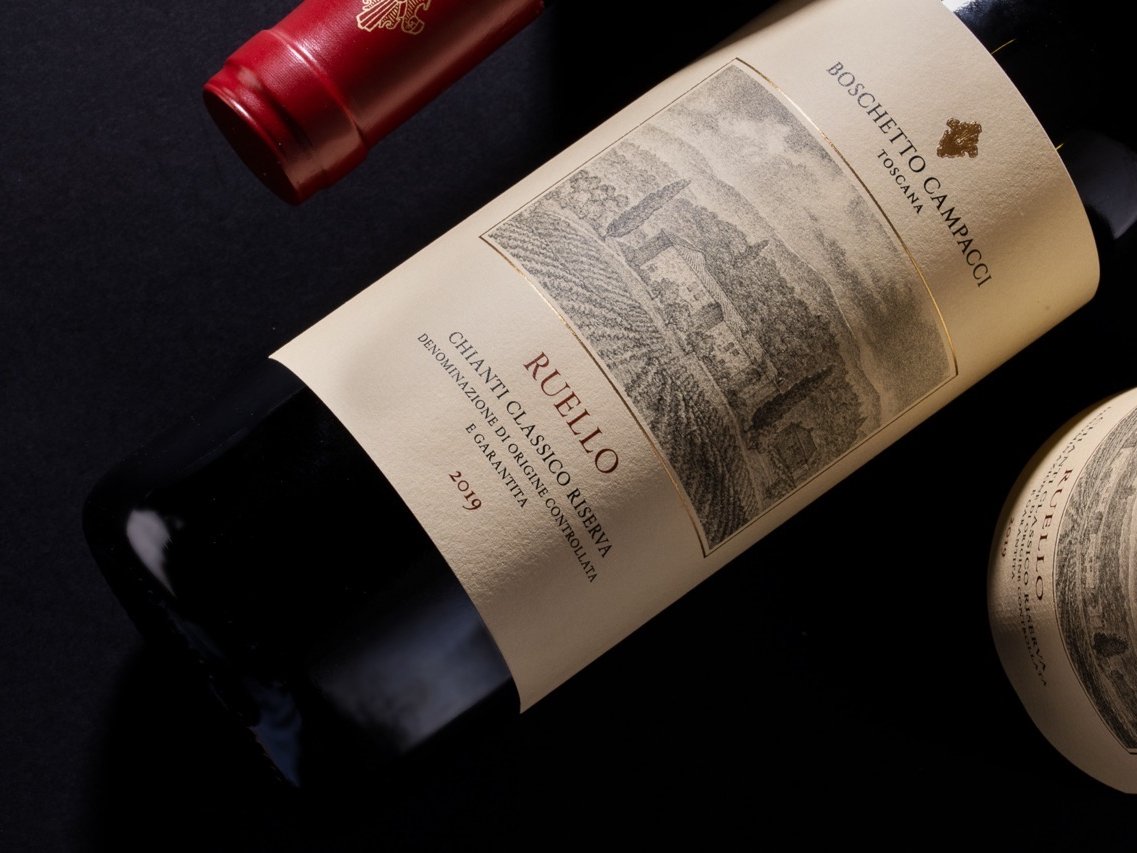Which glassware do you really need at home?
Confused about how many different kinds of wine glasses you really need? Falstaff breaks glassware down to the basics.
For two decades I have been fascinated about different types, shapes and essentially the functionality of wine glasses. What started as curiosity is now a borderline obsession. So, I might be the best person to give advice, or perhaps indeed the worst!
I comfortably possess more than 40 different glasses at home – not including all the samples for this article, and yet I do find myself coming back to some more than others. Before we deep-dive into the subject, just bear in mind that a glass is “just” a mere conductor between you and the wine. If the wine is average, it won’t become better but maybe truer to its kind.
Another important factor is the correct temperature, a too warm red wine won’t be saved by the perfect glass.
I greatly appreciate the huge ranges of different glassware either varietal or style specific that are now produced, but I don’t think everyone has the space at home to store all of them. Hence, my recommendations are dishwasher safe, weigh 100g-150g and showcase a high degree of craftmanship.
Good wine glasses are a luxury item. While the initial purchase price can be off putting, if you look after them, they will be your companions for many years. If you hand wash them like me, always polish the day after, use a micro-fibre cloth and take your time doing so.
Without further ado, here are my three types of glasses which have you covered for most occasions.
The all-rounder or universal glass
This glass will cover most of your needs at home. Champagne or sparkling wine, light to medium whites, the majority of lighter, more fruit forward reds, sweet and fortified wines. Let me briefly elaborate on this. Every great fizz will appreciate the extra space and you will almost instantly reap the benefits with additional layers and complexity. The same applies for sweet and fortified – a great deal of time and effort went into their production so putting them into narrow goblet with a small and narrow bowl simply restricts them from fully expressing themselves. This is hands down your most important glass and great examples are produced from several different manufacturers.
- The Wine Glass from Jancis Robinson x Richard Brendon (£75 for 2). Mouth-blown, it’s hard to describe the perfect ratio of height, width and weight, but this feels pretty close to perfection. My go-to for all vertical and horizontal tastings.
- Riedel Veloce Riesling (€49.90 for 2). Machine-made but only the very skilled eye would spot this. The wider, weightier foot or base makes it easy to hold and swirl and simply brilliant for aromatic varieties.
- The Gabriel Glass (CHF 44.00 for 2). Appearances can be deceiving but the simplicity of its design is effective for so many different styles of wine. Great for parties too as it is sturdier than many.
The Burgundy shaped glass
This glass has a wide round bowl shape. This will do wonders obviously for your Burgundies, white or red (surely someone will disagree here), and any white variety which has more weight and structure. Examples would be Pinot Gris, Marsanne, Roussanne and Viognier. For reds this will work well with Montepulicano, Gamay, Xinomavro and the king of Piedmont – Nebbiolo. If you want to accentuate the perfume and floral quality of a wine this glass shape is your new best friend.
- Riedel Performance Pinot Noir (€55.00 for 2) The optical-impact design has a clever bonus of increasing the inner surface. This captures and releases the fruit intensity of wines wonderfully and the big bowl gives plenty of space for your wine of choice to breathe.
- Zalto Burgundy (£45 per piece) Edgy and eye-catching design which elevates the mineral and organic flavour compounds above the fruit so great for your more savoury and aged examples.
- Sydonios Le Subtil (€80 for 2) The most rounded shape with the widest diameter. Almost embarrassingly effective for your most perfumed and powerful wines. Developed with the help of hundreds of professional wine tasters, its brilliance clearly shines through.
The Bordeaux glass
A narrower more tulip shaped glass than the Burgundy one which is often taller and focuses the wine more directly to your nose. This highlights the body and structural elements and as the name suggests, it is a splendid glass for fine growths from the left or right bank in Bordeaux. Nevertheless, this shape will bring out the best in Syrah/Shiraz, Malbec and Tempranillo too. Oak aged examples with warm spicy or developed tertiary aromas will shine in this glass equally well.
- Josephinenhütte No.3 Red (€50 per piece). Head turning and edgy design but incredibly functional with a wide diameter and a narrow rim. Plenty of space to aerate and swirl yet a very light glass.
- Nude Stem Zero ION Shield Powerful Red Wine (€112 for 2). One of the most flexible glasses, can be bent up to 13 degrees, but the nice compact size makes it very easy to use on almost a daily basis.
- Zalto Bordeaux (£45 per piece). Can’t beat a classic. Feather light and the overall weight distribution is beautiful, reminiscent of the balance of a Japanese knife.
Finally, glassware needs to feel good in your hand. Fingers are packed with thousands of nerve endings so when a glass feels good it will do a great job!












